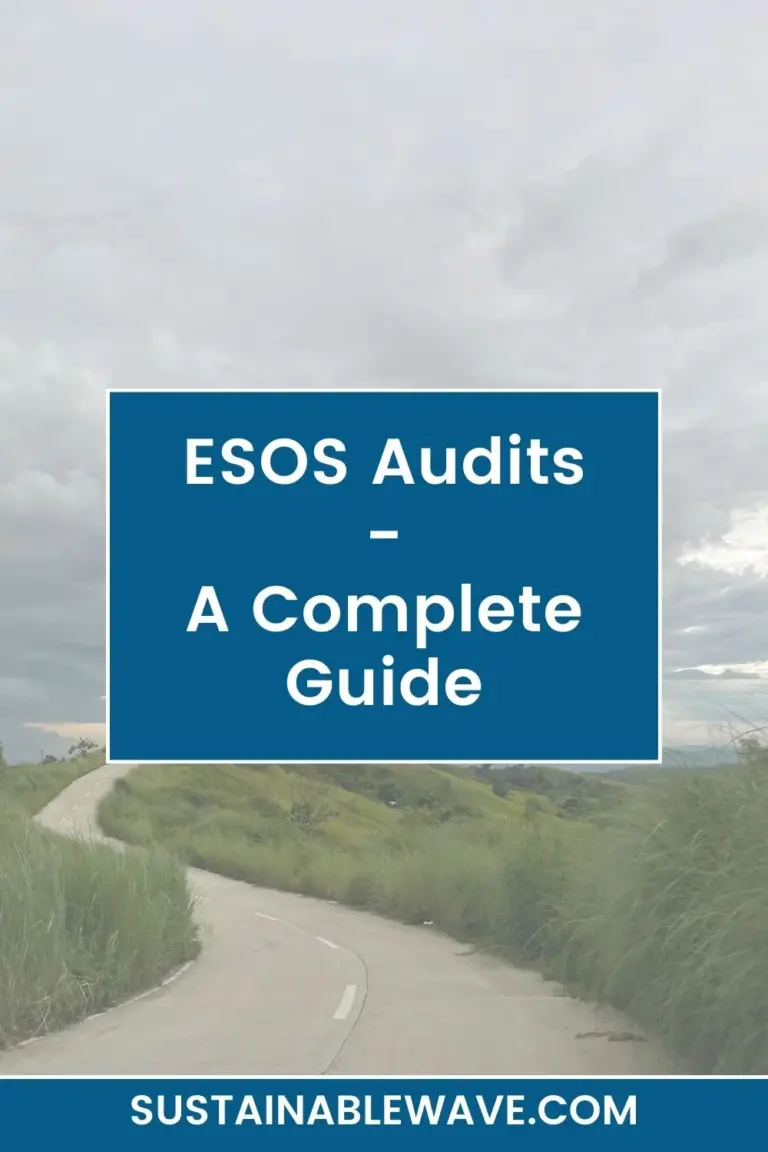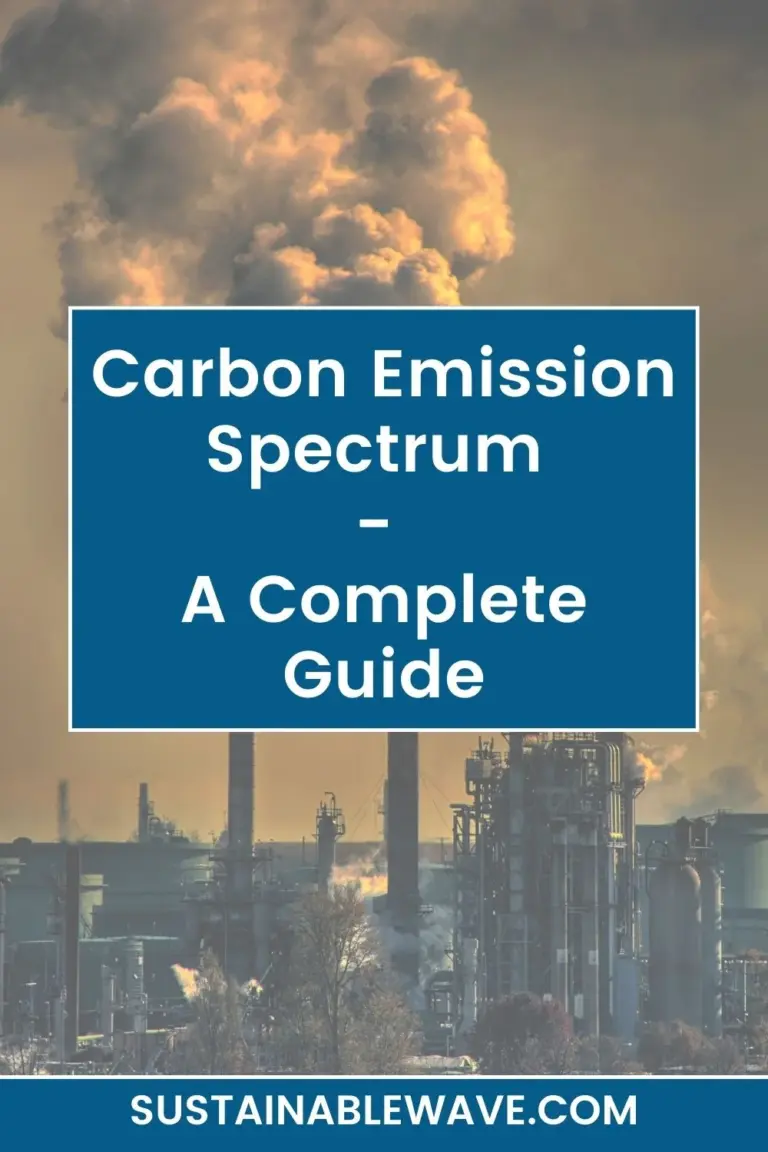When you think of deserts, the usual imagery might be vast, pristine sand dunes stretching for miles. However, beneath this serene facade lies an escalating concern: desert pollution. In recent years, deserts have faced alarming levels of pollution, threatening their unique biodiversity and impacting human settlements.
Desert pollution arises from various sources including industrial activities, tourism, military exercises, urbanization, agricultural runoff, natural causes like sandstorms, vehicular traffic, and improper waste disposal in landfills. These factors disrupt the delicate balance of desert ecosystems, leading to long-term environmental consequences.
Thankfully, it’s not all doom and gloom, and there are ways we can work together to solve some of the issues we will undoubtedly face in the future.
Understanding Desert Ecosystems
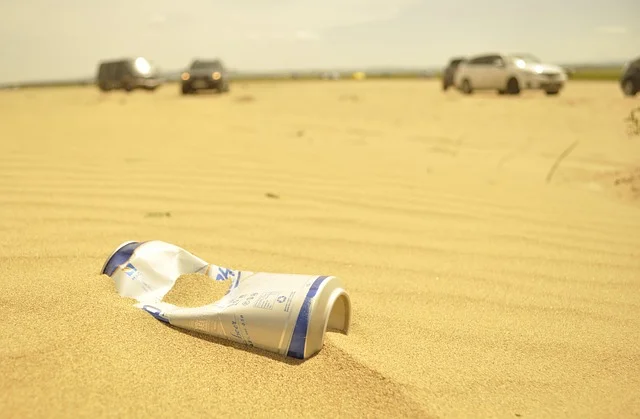
Deserts, often seen as barren expanses, are in reality rich tapestries of life and ecosystems. These arid regions span roughly one-fifth of the Earth’s land surface. Contrary to popular belief, they’re not just vast seas of sand.
Many deserts have a diverse landscape comprising rocky outcrops, canyons, and even occasional oases. This variety in terrain leads to a fascinating array of flora and fauna. From the towering cacti of the American Southwest to the tiny beetles of the Sahara, life thrives in innovative ways.
Every organism in the desert has evolved to withstand extreme conditions. Plants have adapted by developing long roots to source deep water or by having thick skins to retain moisture. Animals often become nocturnal, avoiding the blistering daytime heat.
Deserts also play a vital role in regulating our planet’s climate. They reflect sunlight back into space, cooling the Earth. Their unique position in the world’s weather systems makes them indispensable for global temperature management.
Additionally, these landscapes offer unparalleled beauty. The colors of desert sunsets, the silence of its nights, and the tenacity of its inhabitants make deserts some of the most awe-inspiring ecosystems on Earth. Their preservation, in the face of growing pollution, becomes not just essential but urgent.
Major Causes of Desert Pollution
Desert pollution, while not frequently discussed, is a significant environmental concern. The causes, multifaceted in nature, often stem from human interventions and natural processes gone awry. Here’s a closer look into the major culprits.
- Industrial Activities: Numerous industries, especially mining, have made inroads into desert areas. The extraction processes release toxins, which contaminate the soil and groundwater. Over time, this disrupts the delicate balance of desert ecosystems.
- Tourism: The allure of deserts, with their unique landscapes and mysteries, attracts countless tourists annually. However, this influx often leaves behind a trail of waste, including plastics and non-biodegradable materials. Such litter affects both the landscape’s aesthetic and its native species.
- Military Exercises: Deserts are frequently chosen sites for military drills. The heavy machinery and equipment used can disturb the soil’s surface. Additionally, the remains of exploded ordnances can become long-term pollutants.
- Urbanization: As cities expand, the edges often encroach on desert lands. This leads to habitat fragmentation, and the waste generated from urban centers can find its way into these ecosystems, causing further damage.
- Agricultural Runoff: Intensive farming near deserts can lead to chemical runoff. Pesticides, fertilizers, and other chemicals seep into the ground, affecting both the soil and the water sources in the desert.
- Natural Causes: Sandstorms can carry pollutants from other regions into deserts. These foreign contaminants can then settle and become part of the desert environment.
- Vehicle Traffic: Off-road vehicles are popular for desert expeditions. However, they can cause soil erosion and disrupt habitats. The pollution from their exhausts also poses risks to the air quality in these regions.
- Landfills: Some deserts have been used as dumping grounds or landfills. Over time, the waste can seep into the ground, releasing harmful chemicals and affecting indigenous plant and animal life.
Consequences of Desert Pollution
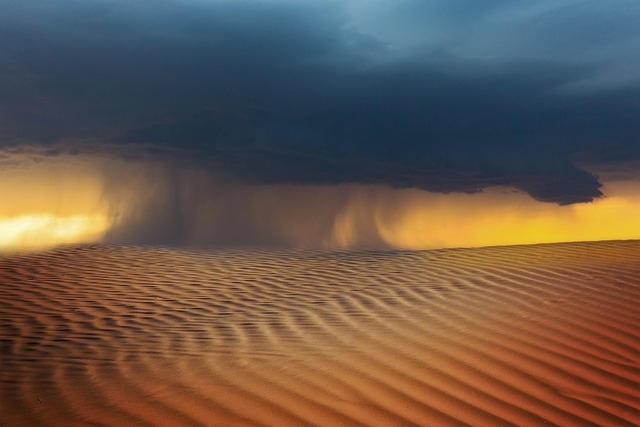
The implications of desert pollution extend beyond these arid landscapes. The contamination of these unique ecosystems holds consequences for both the environment and humanity.
Let’s delve into some of the most pressing ramifications.
- Loss of Biodiversity: The fragile balance of desert ecosystems is easily upset by pollutants. As habitats degrade, the flora and fauna native to these regions face endangerment or even extinction. The loss of one species can have a domino effect on the entire food chain.
- Health Hazards: Pollutants in the desert can make their way into groundwater sources. When consumed by humans or animals, these contaminated waters can lead to severe health issues, including organ damage and chronic diseases.
- Soil Degradation: Chemicals and waste dumped in deserts affect the soil’s quality. Over time, this can lead to reduced fertility, making the land unsuitable for vegetation or agriculture.
- Climatic Impact: Deserts play a pivotal role in global climate patterns. Pollution can disrupt these roles, potentially leading to unexpected weather phenomena and temperature changes that have far-reaching effects.
- Economic Implications: Tourism, which thrives in many desert regions, can suffer a downturn due to pollution. The aesthetic degradation and loss of wildlife can deter tourists, impacting local economies.
- Cultural Loss: For many indigenous communities, deserts are ancestral homes. Pollution threatens their way of life, their traditions, and their very existence in these landscapes.
- Spread of Invasive Species: The disruption of the natural balance in deserts can pave the way for invasive species. These new entrants, unchecked by natural predators, can overtake native species, causing further imbalance.
- Water Scarcity: Pollution of desert water sources can exacerbate water shortages. With aquifers and oasis water contaminated, the already scarce water supply in these regions diminishes further.
Possible Solutions to Desert Pollution
Addressing desert pollution necessitates a blend of innovative strategies and traditional wisdom. Solutions range from local grassroots initiatives to international policy measures.
Here’s a comprehensive overview of possible remedies.
- Sustainable Tourism: Promote eco-friendly tourism practices. Encouraging tourists to minimize their waste, adhere to designated paths, and respect the natural habitat can significantly reduce the pollution footprint.
- Strict Regulations: Governments can enact stricter regulations on industries operating within or near desert regions. Ensuring they follow sustainable practices and limit chemical emissions can help protect these environments.
- Clean-up Campaigns: Organize community-driven initiatives to clean up litter and waste. This not only physically cleans the desert but also raises awareness about the importance of maintaining these ecosystems.
- Reforestation: Planting indigenous vegetation can counter soil erosion and degradation. These plants can act as a barrier against pollutants, absorbing them or preventing their spread.
- Water Management: Develop and implement systems to treat polluted water sources in and around deserts. Recharging groundwater with treated water can also help combat the scarcity issue.
- Limit Off-road Activities: Restrict the use of off-road vehicles in sensitive desert areas. Designate specific zones for these activities to minimize the overall impact on the ecosystem.
- Eco-friendly Waste Disposal: Invest in sustainable waste management solutions, including recycling and composting. Redirecting waste away from landfills can drastically reduce soil and water pollution.
- Educational Programs: Foster education about desert ecosystems in schools and communities. Knowledge about the value and fragility of these environments can inspire more responsible behavior.
- Promote Indigenous Practices: Indigenous communities often hold traditional knowledge about sustainable living in deserts. Collaborate with them to reintroduce and implement these practices on a larger scale.
- International Cooperation: Desert pollution is a global issue. Countries should collaborate on research, share best practices, and pool resources to combat this challenge collectively.
Key Takeaways on Desert Pollution
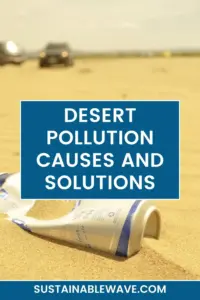
Desert pollution is a pressing concern with multifaceted origins including industrial activities, tourism, and urbanization. Its consequences are far-reaching, threatening biodiversity, human health, and local economies.
With sustainable tourism, strict regulations, community clean-ups, and international cooperation, solutions are within reach. Addressing this issue requires a blend of innovative strategies and traditional wisdom.
It’s crucial to understand the unique ecosystems of deserts, the factors polluting them, the repercussions of such pollution, and the potential remedies.
Collaboration at all levels, from local communities to international bodies, is crucial to preserve these vital landscapes.
I’m Thomas, the owner of SustainableWave. Passionately promoting a sustainable planet. With experience in various eco-roles, I’ll share green tips, sustainability hacks, and personal eco-journeys on my blog.

